- Call us: 01444 237070
- Contact Us
- Stores
- Sign In / Register
-
- Back
- Used Cameras
- Used Accessories
- Used Lenses
- Used Video
- Used Film Equipment
- Used Stock Alert
- Used Blank Test
- Sell or Part Exchange
- Used Clearance
- Recently Added Used Equipment
- Park Picks
- All Used Black Friday Deals
- Faulty
- Trade-In
- Blog
- New in
- Call us
- Contact us
- Stores
- Sign in
- Categories
- Tips & Inspiration
- Reviews
- News
- Events
- Features
- Buying Guides
- Competitions
Is the Sony A6000 Still Worth Buying
When it launched back in 2014, the Sony A6000 was at the top of Sony’s APS-C mirrorless camera lineup. Featuring a 24MP CMOS sensor and an upgraded hybrid AF system with wider coverage, it brought several improvements over its predecessor.
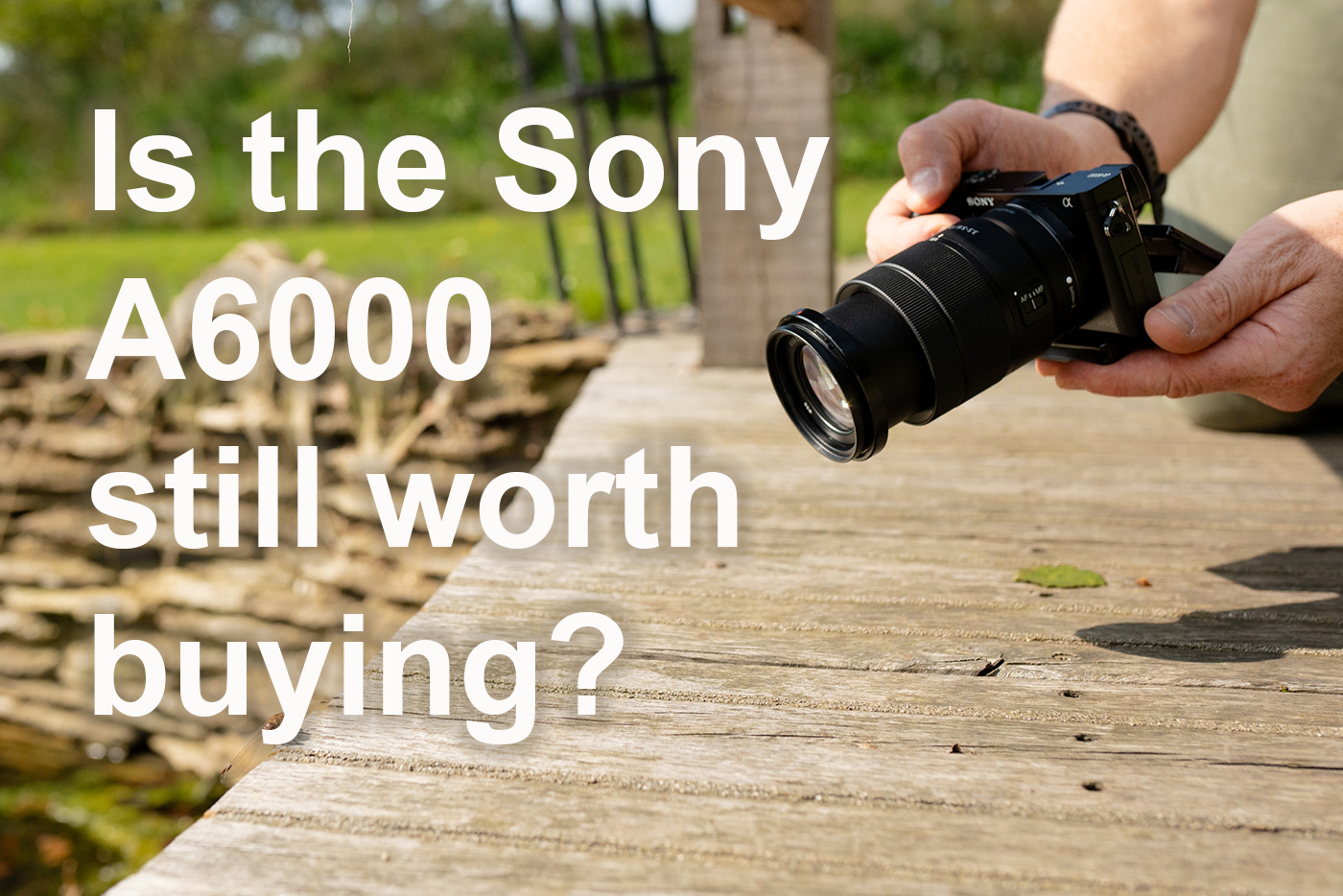
The hybrid AF system became a key attraction amongst photographers, not only for the A6000 but also for many future Sony mirrorless cameras. With 179 on-chip phase detection points and 25 contrast-detection points, it could track subjects across almost 90% of the frame, making it a favourite for anyone tracking subjects, no matter how fast.
Despite being a decade old, the A6000 remains a popular choice. So, we’re asking is the Sony A6000 still worth buying in 2024? Who’s it for, and what’s the best lens to pair with it?
Join us as we discover more about this influential model from Sony and find out if it’s the perfect step up from casual smartphone photography. We’ve got heaps of sample images to check out, and this hands-on Sony a6000 review dives into usability and ergonomics so you can make an informed decision.
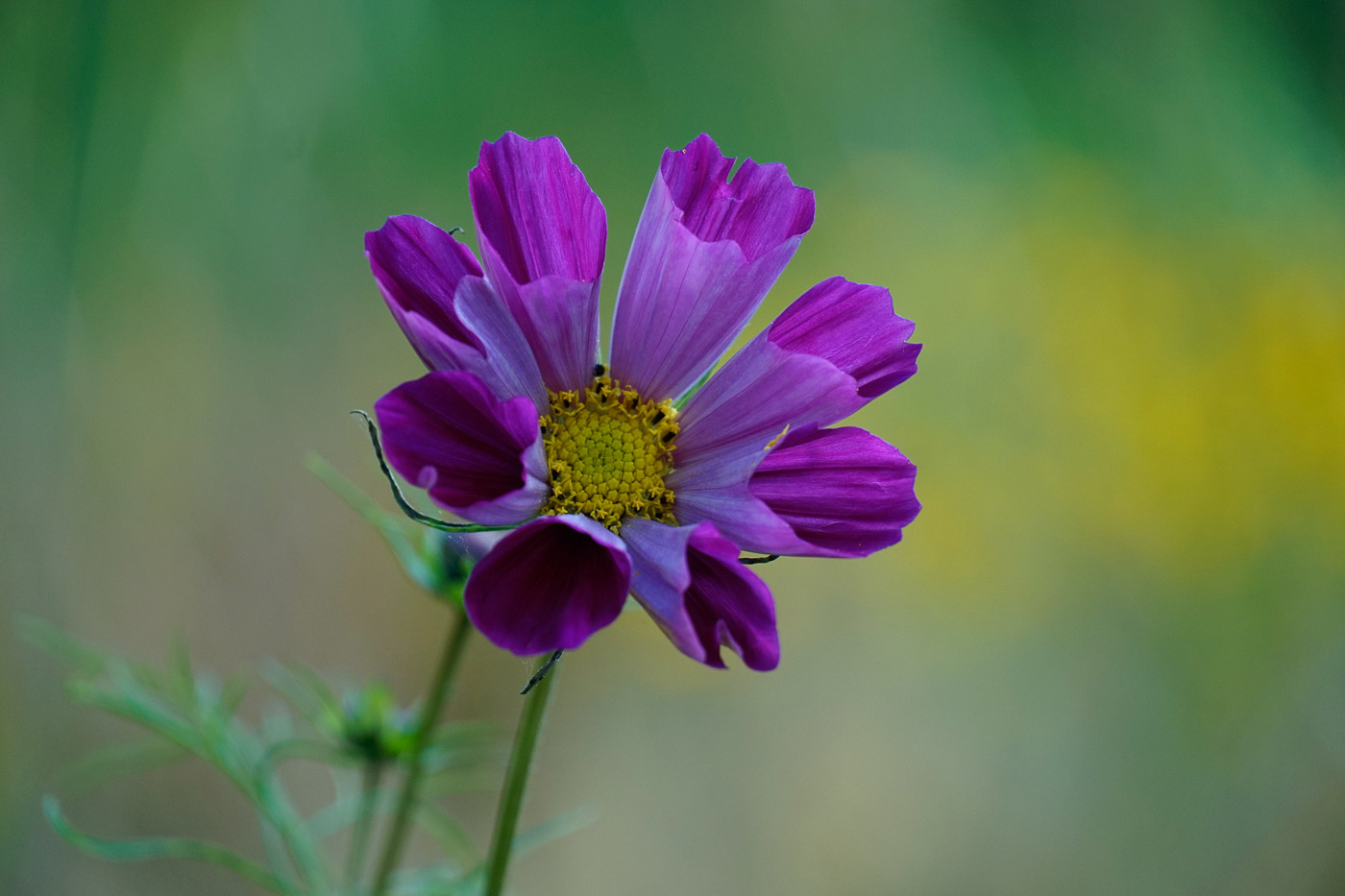
Sample image 01 flower. Captured with E 18-135mm f/3.5-5.6 OSS lens at 135mm. Camera settings: 1/320 sec. f/5.6. ISO 500.
A6000 sample images
While waiting for Content Credentials to be adopted natively into Sony cameras we’ll just mention that sample images included here were all captured by Nick Dautlich in RAW and JPEG formats. They are predominantly unedited straight out of the camera, except where noise reduction, sharpening or cropping has been applied, which is mentioned where relevant.
A variety of camera settings were used, including shutter speed priority, full manual control, auto ISO, and exposure compensation as needed, in order to get the best results possible from any given scene. Most of the shots included are handheld, however I did shoot tripod-mounted when capturing images of the harvest moon and landscapes during sunsets.
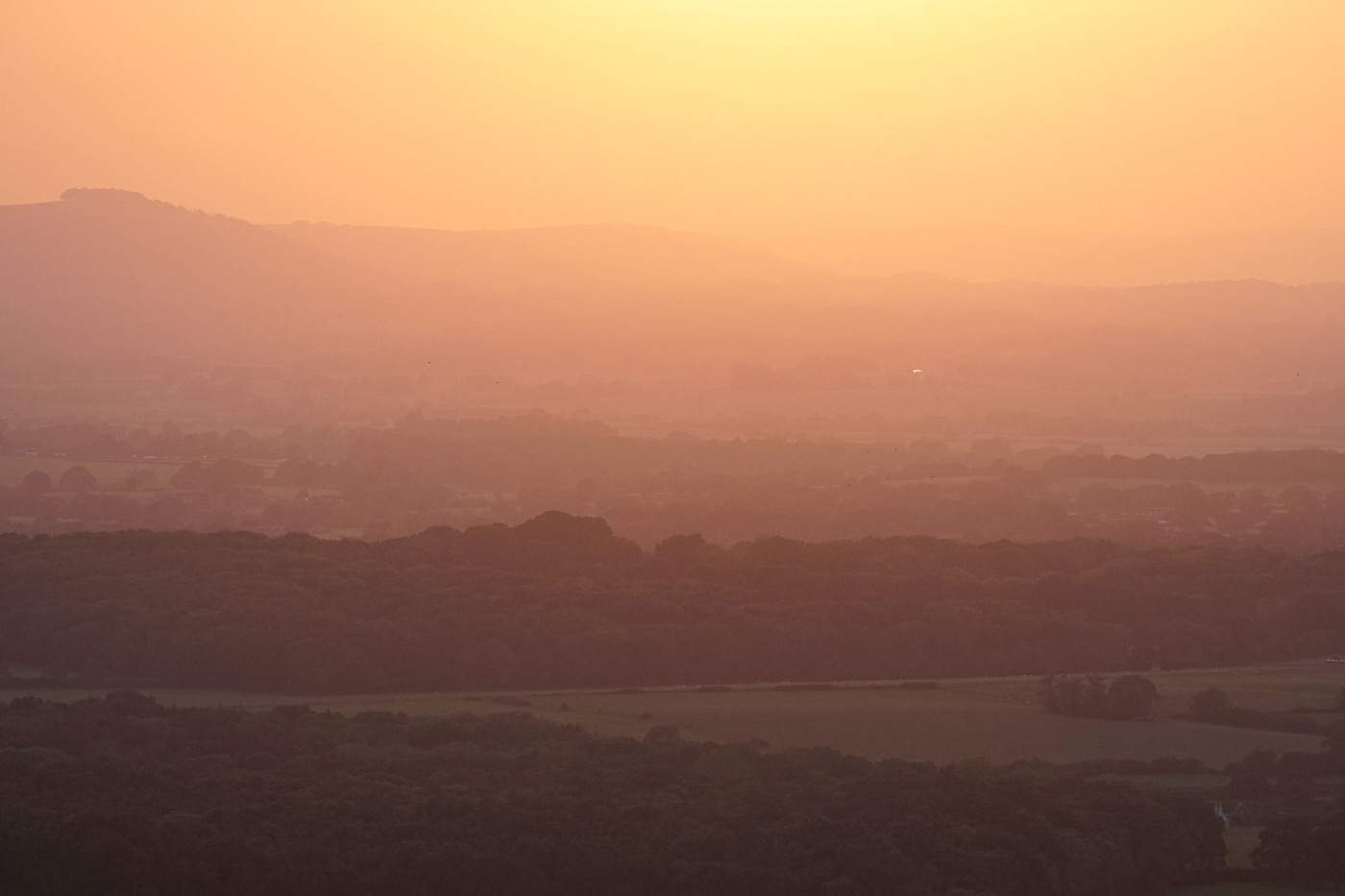
Sample image 02 sunset. Captured with FE 100-400mm F/4.5-5.6 GM OSS lens at 152mm. Camera settings: 1/1000 sec. f/5. ISO 640.
Performance and Image quality overview
The Sony A6000 may be over 10 years old, but its performance still holds up remarkably well, especially for those new to interchangeable lens cameras. The 24.3MP APS-C CMOS sensor delivers sharp, vibrant images with a great balance of detail and dynamic range, even by today’s standards.
Whether you shoot landscapes, portraits, street scenes, or action, the A6000’s image quality competes very well across mid and entry-level markets. Until the launch of the A6700, the 24 MP sensor was the most recent in Sony’s APS-C range and resolves details really well.
We look more closely at Sony A6000 lens compatibility later, however image quality in photography is heavily influenced by which lens you use. For this review three lenses were chosen, with two native APS-C lenses and my own full-frame Sony 100-400mm GM lens which I reviewed, and love!
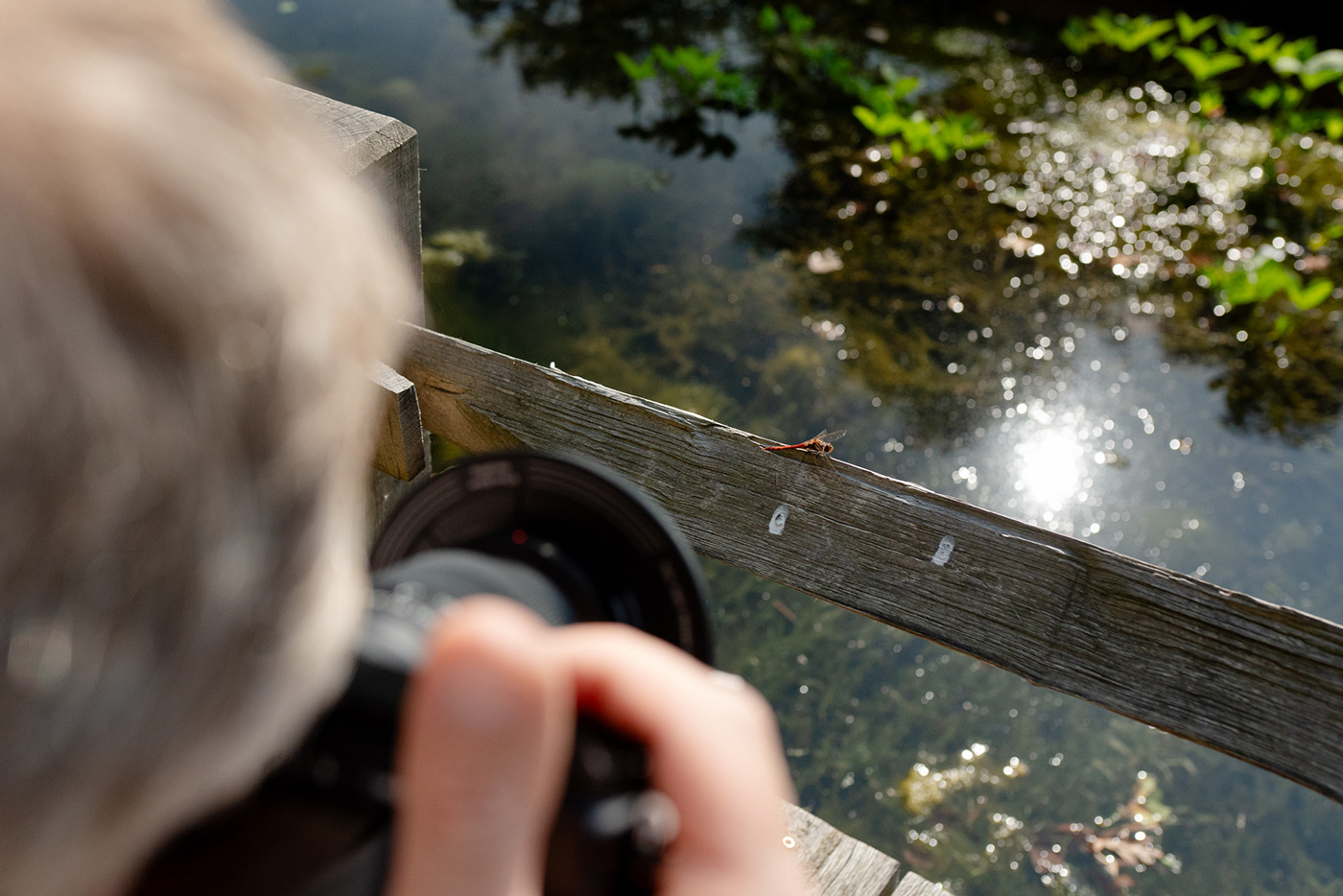
Some of the positive aspects of image quality I noted in particular included:
- Sharp results, especially when shooting at faster speeds
- Great dynamic range from the sensor, with unclipped highlight and shadow detail (approx. 13 stops)
- Natural colour rendition with good range and tonality
There are some factors which influence image quality which the A6000 is missing, such as having in-body stabilisation, relying on lens-based optical stabilisation instead. In practice I never found this to be an issue, using a tripod, faster shutter speeds or support from a table or other surface if required.
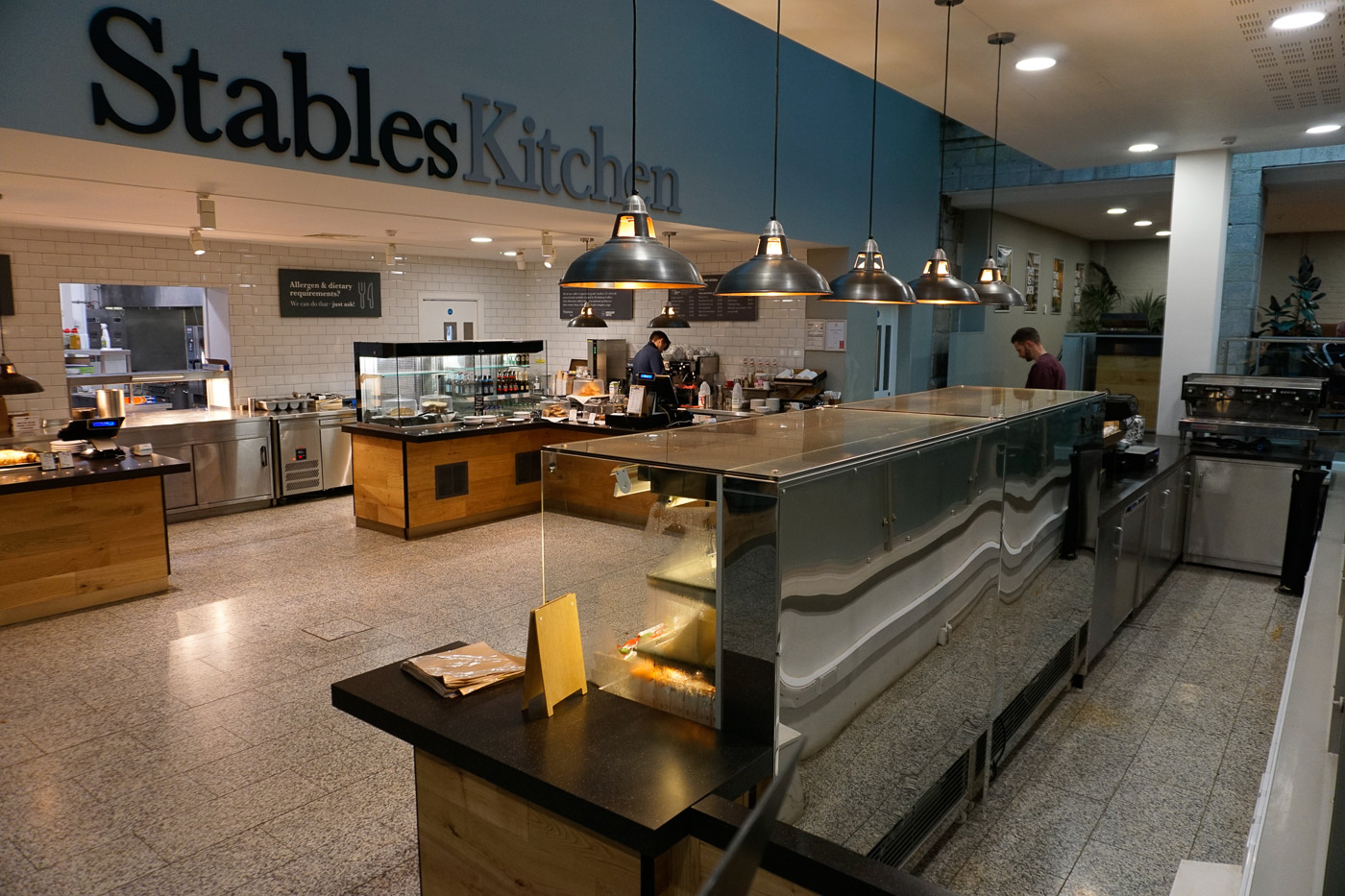
Sample image 03 interior. Captured with E PZ 16-50mm f/3.5-5.6 OSS lens at 16mm. Camera settings: 1/50 sec. f/4.5. ISO 500.
Autofocus
The Sony A6000's autofocus system was revolutionary for its time and still holds up well today. Its hybrid AF system combines 179 phase-detection points and 25 contrast-detection points, which work together to provide fast and accurate focus across almost 90% of the frame. This is particularly effective for tracking moving subjects during street photography, sports, or wildlife shoots.
For this review I did try and push the AF with more challenging subjects, capturing shots of dragonflies and birds of prey in flight, as well as people and animals running across the Downs. Overall it did incredibly well, with quick subject acquisition, good tracking and plenty of sharp keepers, but you have to get your settings right of course.
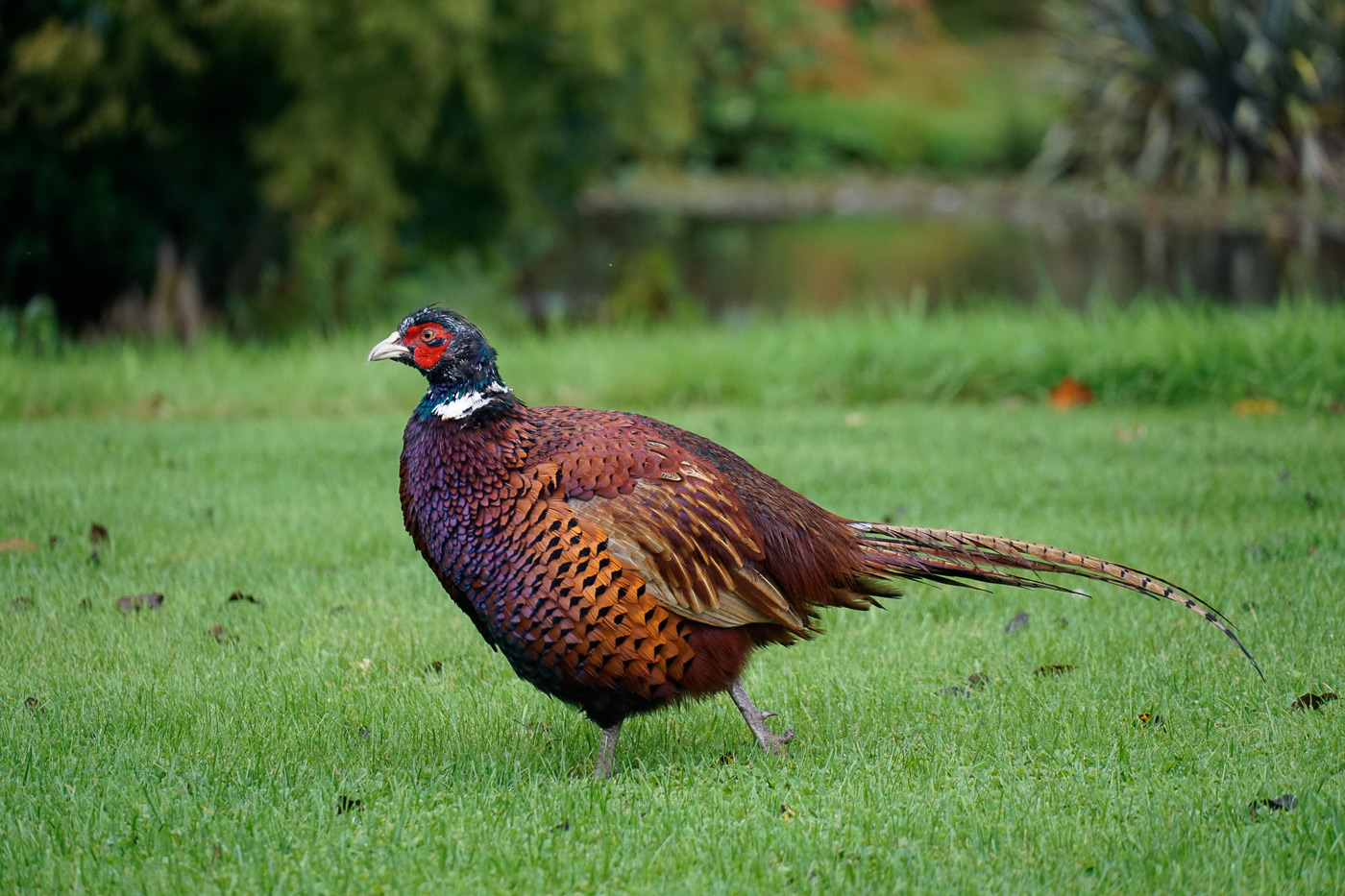
Sample image 04 pheasant. Captured with E 18-135mm f/3.5-5.6 OSS lens at 135mm. Camera settings: 1/250 sec. f/5.6. ISO 640.
One downside to the camera being a decade old is that the rear LCD on the Sony Alpha A6000 is not touch sensitive, which means there’s no touch to focus or other tracking tools available from the monitor. This is a relatively recent feature adopted by models like the A6400 and newer, and is a nice one to have in certain situations.
Shooting speed
The A6000 can burst at up to 11 frames per second (fps) with continuous autofocus, which is impressive even by today’s standards. This speed paired with the reliability of autofocus gives you a better chance of capturing fleeting or fast-paced moments, making it a solid choice for sports, action and even wildlife photography.
In lower light situations, the A6000 performs quite well too, with its native ISO range of 100-25,600. Relatively well controlled noise from the sensor means that you can get decent low-light shots, although modern sensors handle high ISO performance better. If you're sticking within moderate ISO levels, you’ll find it more than capable, besides you can reduce noise easily with post processing software these days.
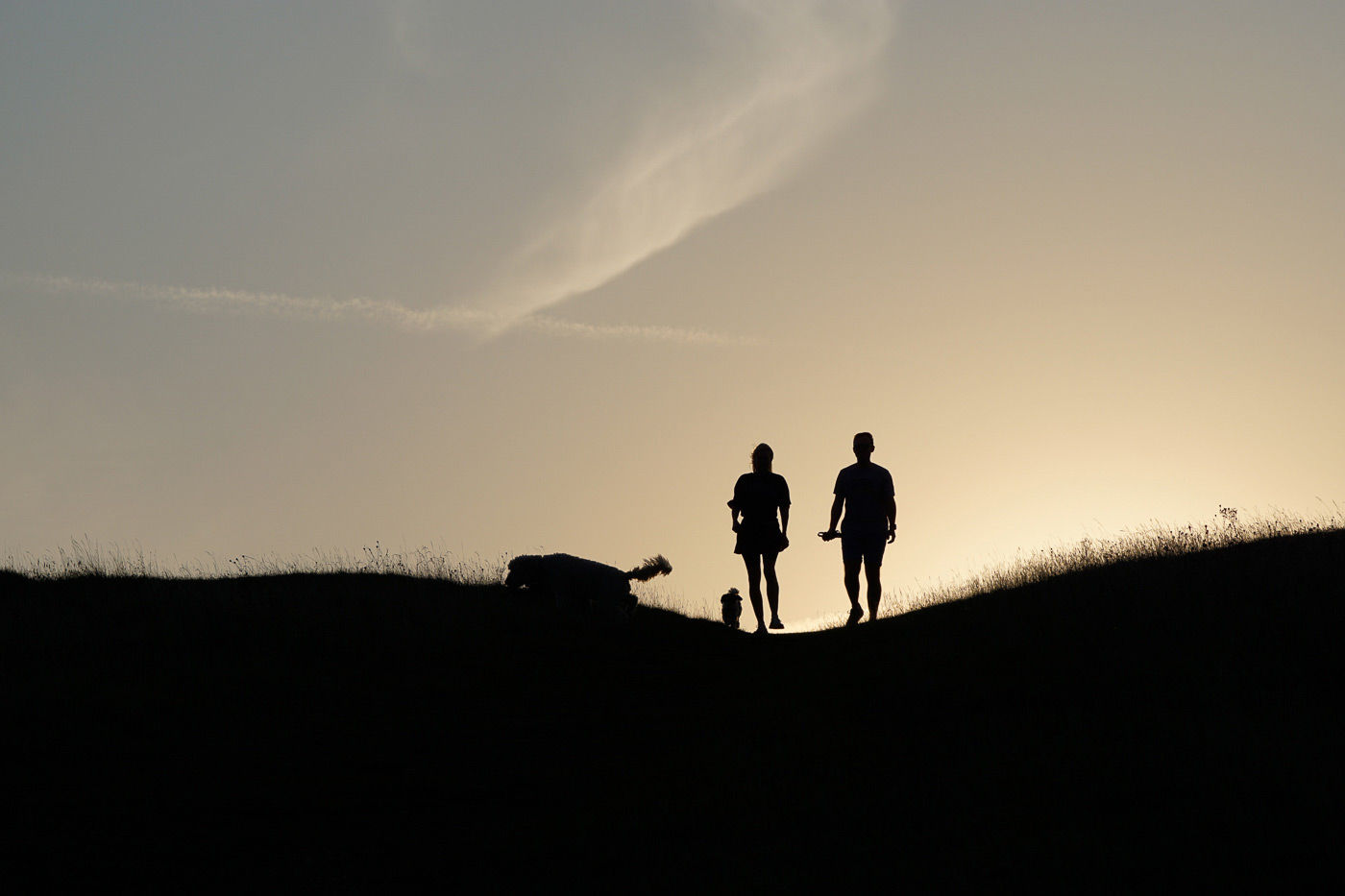
Sample image 05 silhouette. Captured with FE 100-400mm F/4.5-5.6 GM OSS lens at 100mm. Camera settings: 1/800 sec. f/9. ISO 100.
Build, ergonomics and usability
The Sony A6000 has solid build quality and is compact and lightweight, making it ideal for photographers who want portability for travel, or simply want to remain discreet. Weighing just 344g (with battery and memory card), it's comfortable to carry and significantly smaller than my A7R V.
Due to its small size, the grip can feel divisive depending on your hand size. Users with smaller hands may find it comfortable to hold, while those with larger hands might need an additional grip accessory for better comfort. Personally, I found the grip a little small, but the camera's lightweight design is a big positive, as I was able to sling it in my bag and barely notice the extra weight. Pairing it with a pancake lens like the Sony E 20mm F/2.8 Pancake creates a pocketable setup, barely larger than a compact all-in-one.
Despite its compact size, the A6000 provides a good balance of physical controls, with dials for mode selection, a control wheel for shutter speed, and a control dial for aperture, for a tactile shooting experience. For beginners, the camera offers useful notes on the main modes, allowing you to improve your skills on the fly.
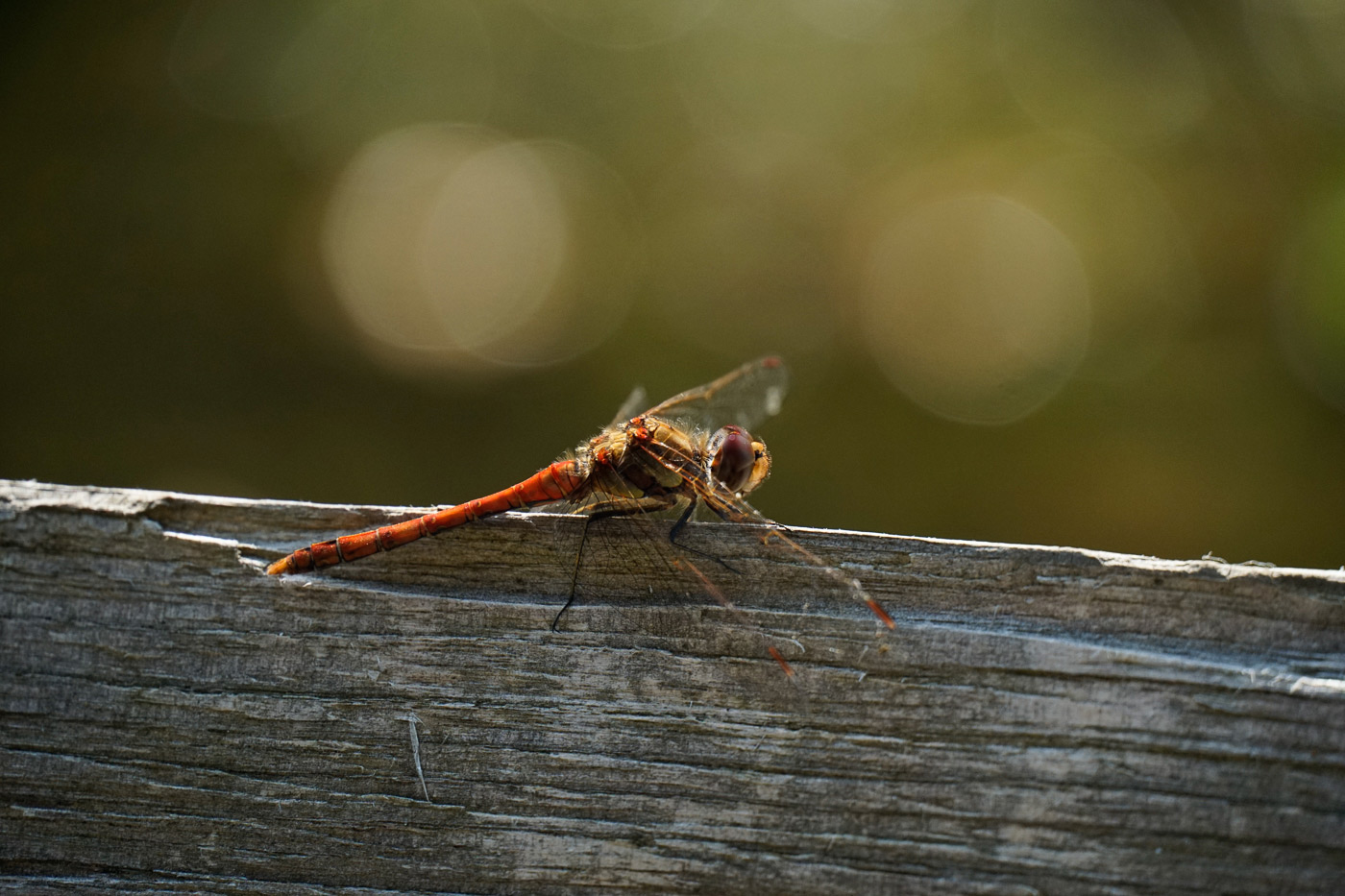
Sample image 06 dragonfly. Captured with E 18-135mm f/3.5-5.6 OSS lens at 135mm. Camera settings: 1/640 sec. f/5.6. ISO 1000.
The flip-to screen although functional, shows its age with a slightly low resolution (921k-dot) compared to today's standards. It's fine for composing shots at various angles but lacks the sharpness and full articulation of modern cameras. While it's fine for landscape compositions, astrophotography, or horizontal format shots, it doesn't help much when shooting in vertical mode or during very bright conditions.
The body includes a familiar "Fn" function menu with 12 slots for quick access to frequently used settings, which is an invaluable time-saver compared to diving into Sony’s legacy menu system. While the A6000 menu might take some learning if you're coming from a smartphone, once mastered, it provides far greater control, customisation, and speed of use, especially when paired with the right lens. Speaking of which, let’s explore which is the best lens for Sony A6000 next.
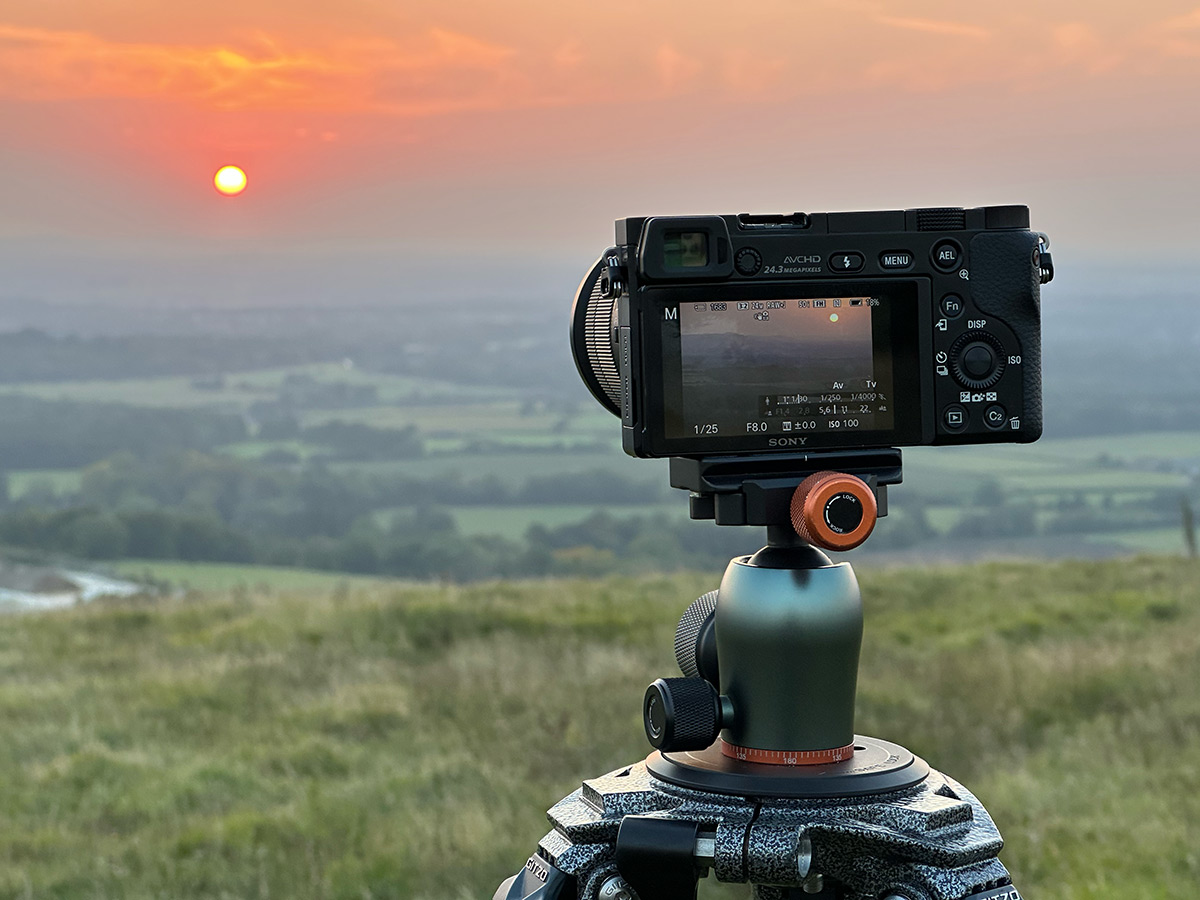
Which is the best camera lens for the Sony a6000?
One of the benefits to the Sony alpha system is the huge variety of lenses, which are available. This is a benefit as it allows you to invest in as many as you want to capture subjects, from specialised fish-eye lenses, to macro, primes, zooms and literally everything in between.
As mentioned earlier, I used three very different lenses to test their performance and see which worked best for various genres.
- The Sony E 18-135mm F/3.5-5.6 OSS Lens is a native APS-C lens that costs £499.00 and was my favourite to shoot with. It provides a full-frame equivalent zoom range of 27-202.5mm, making it a versatile 7.5x optical zoom. This versatility makes it particularly useful as an all-in-one lens for travel and everyday shooting. If I had to pick the best lens for the Sony A6000, this would be it! Read our more in-depth Sony E 18-135mm f/3.5-5.6 OSS review here.
- The second lens was the original Sony E PZ 16-50mm f/3.5-5.6 OSS, offering a classic full-frame equivalent of 24-75mm. The power zoom is typically associated with video, but I found it really nice for stills as well, with smooth zoom transitions depending on the subject. Its slightly wider 16mm focal length worked well for interior shots, though it’s versatile enough for a range of situations. Read our full Sony E PZ 16-50mm F3.5-5.6 OSS Review here to find out more.
- Lastly, I used the FE 100-400mm F/4.5-5.6 GM OSS lens, a full-frame telephoto zoom providing an equivalent 150-600mm on the A6000’s crop body. This lens offered excellent reach, especially for capturing shots of the moon, birds in flight, and distant landscape details. It performed seamlessly, and you can find out more in our Sony 100-400mm f.4.5-5.6 GM review here.
Thanks to the popularity of the Sony E mount and this camera’s compatibility, there are virtually limitless camera lenses for the Sony A6000, allowing you to expand your collection as your skills and interests progress.
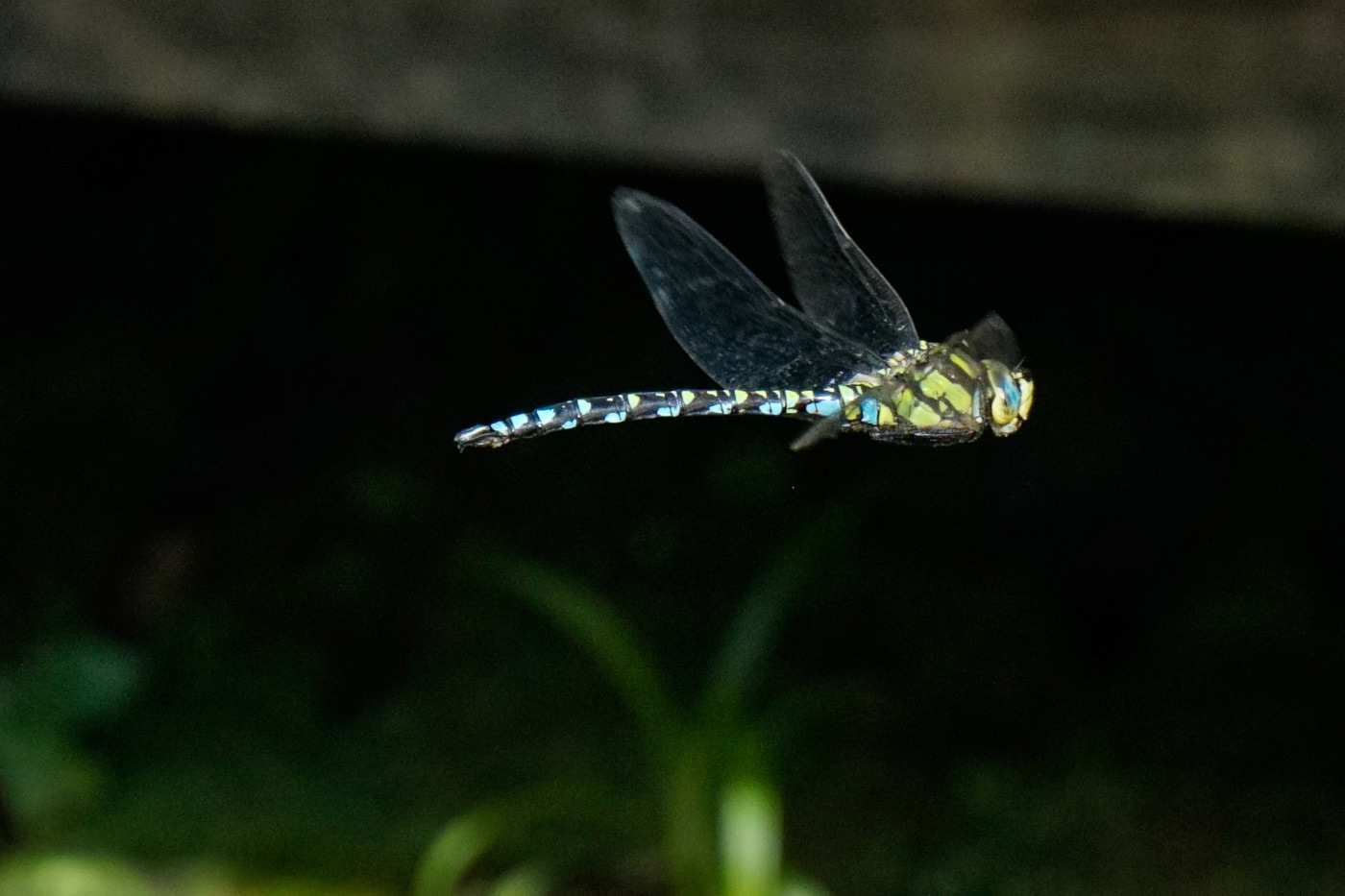
Sample image 07 dragonfly flight (Processed and cropped). Captured with E 18-135mm f/3.5-5.6 OSS lens at 135mm. Camera settings: 1/1000 sec. f/5.6. ISO 800.
Alternatives to the A6000
While the Sony A6000 still has a lot to offer for newcomers and those looking for a budget-friendly camera, there are newer models like the Sony A6100 and A6400. These models come with features that enhance the shooting experience including 4K video recording, which the A6000 lacks, making them more suited for creators who also need higher quality video.
The A6100 and A6400 also have even better autofocus, with real-time tracking and Eye AF for humans and animals, which makes them more responsive and efficient when capturing fast-moving subjects or when shooting portraits.
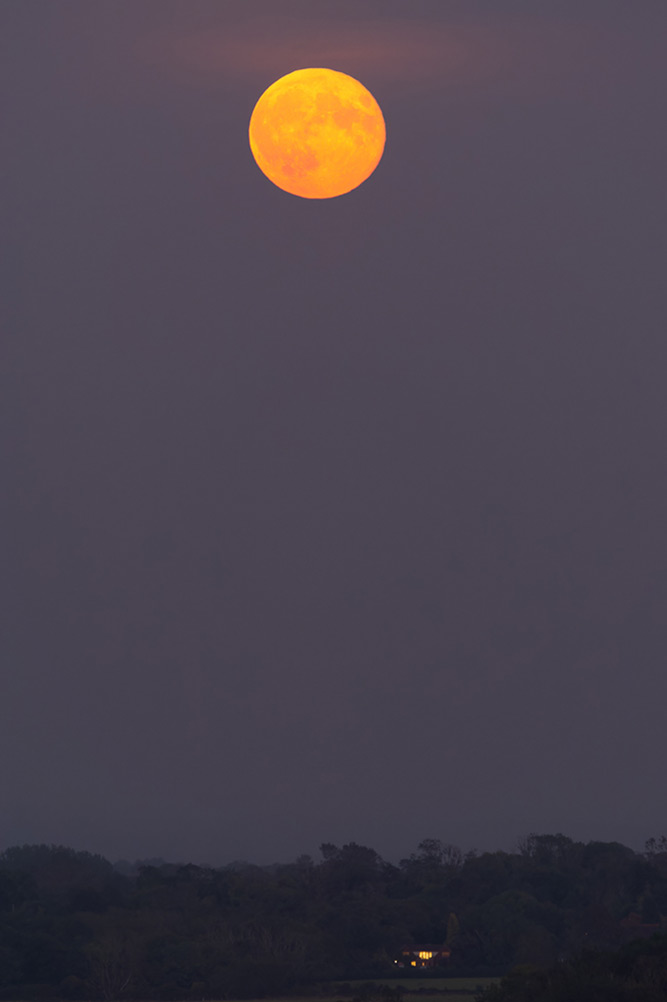
Sample image 08 harvest full moon. Captured with FE 100-400mm F/4.5-5.6 GM OSS lens at 324mm (Tripod mounted). Camera settings: 0.5 sec. f/5.6. ISO 800.
However, the A6000’s 179 phase-detection AF points and 25 contrast-detection points still provide excellent autofocus performance, especially considering its price point. For photographers who don’t need 4K video or such advanced AF, the A6000 remains a strong contender.
In terms of value for money, the A6000 continues to be a great entry-level mirrorless camera in 2024, delivering solid image quality, compact design, and reliable performance at a lower cost compared to its newer siblings.
The Sony A6700 is the current APS-C flagship for hybrid creators, with a new 26MP BSI sensor, Sony's AI autofocus processor and oversampled 4K/60p video from 6K, but it will set you back £1,449.00 compared to starting at £250 for a used A6000.

Sample image 09 landscape (Tripod mounted). Captured with E 18-135mm f/3.5-5.6 OSS lens at 101mm. Camera settings: 1/20 sec. f/8. ISO 100.
While newer models boast 4K video and improved autofocus, the Sony A6000 remains a fantastic entry point into Sony's mirrorless system in 2024. With its compact size, solid image quality, fast shooting and reliable autofocus, it’s still a great option in 2024 for budget-conscious photographers and those stepping up from smartphones. If you prioritise affordability and quality over the latest tech, the A6000 continues to hold its own.
Looking for a great deal? Buy a used Sony A6000 today and get started with this powerful little camera, and don’t forget to add a new or used Sony lens to get you started in your photographic journey.
Share this post:
By Nick Dautlich on 30/09/2024
Nick Dautlich
Senior Content Writer and Product Reviewer
Nick Dautlich is the Senior Content Writer and Product Reviewer at Park Cameras, with over 15 years of photography experience. A Sony Imaging Professional and expert reviewer, Nick has worked with major brands such as Canon, Sony and Nikon. His work is also featured on Vanguard World UK’s website, Capture Landscapes, and Shutter Evolve. Nick’s photography includes National Trust projects and magazine covers and he is passionate about landscapes and storytelling. Nick also enjoys hiking and teaching his children about nature. Learn more on his profile page.

Trade in your old equipment
Fast and easy trade in service ensures your old gear is collected efficiently and you are paid quickly! It's very simple to trade in your unwanted photography gear. Just head over to our dedicated Sell or Part Exchange page, fill out the details, and we'll get back to you with an offer for your old gear. Take the cash, or put it towards the cost of your new gear. It's up to you! Find out more
sign up to the newsletter
Keep up to date on the latest photography news, events and offers. Sign up now
